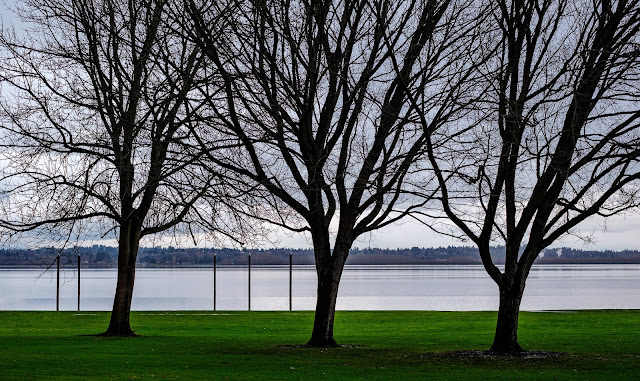I cannot endure to waste anything so precious as autumnal sunshine
by staying in the house.
So I have spent almost all the daylight hours
in the open air.
~ Nathaniel Hawthorne
How about a 'Throw back Thursday' post on this rainy January day?!
I love photographing the St. John's bridge in Portland, OR.
It is iconic.
Every fall I seek out a venue from Cathedral Park
that showcases the bridge framed by fall leaves.
that showcases the bridge framed by fall leaves.
This image is from an afternoon of leaf peeping on my birthday in October 2015.
I was in a different part of the park than prior years.
I think it pays to revisit the same area more than once.
I will go to this park several times every autumn just
to watch the leaves change and fall over time.
That's always a thrill for this dyed in the wool autumn girl!
I will go to this park several times every autumn just
to watch the leaves change and fall over time.
That's always a thrill for this dyed in the wool autumn girl!
More practically, you learn which perspectives work, and which ones don't.
After all these years, I was delighted to find a fresh point of view.
FujiXT1 ISO 640 f/8.0 1/100sec XF18-135mm (112mm EFL)










